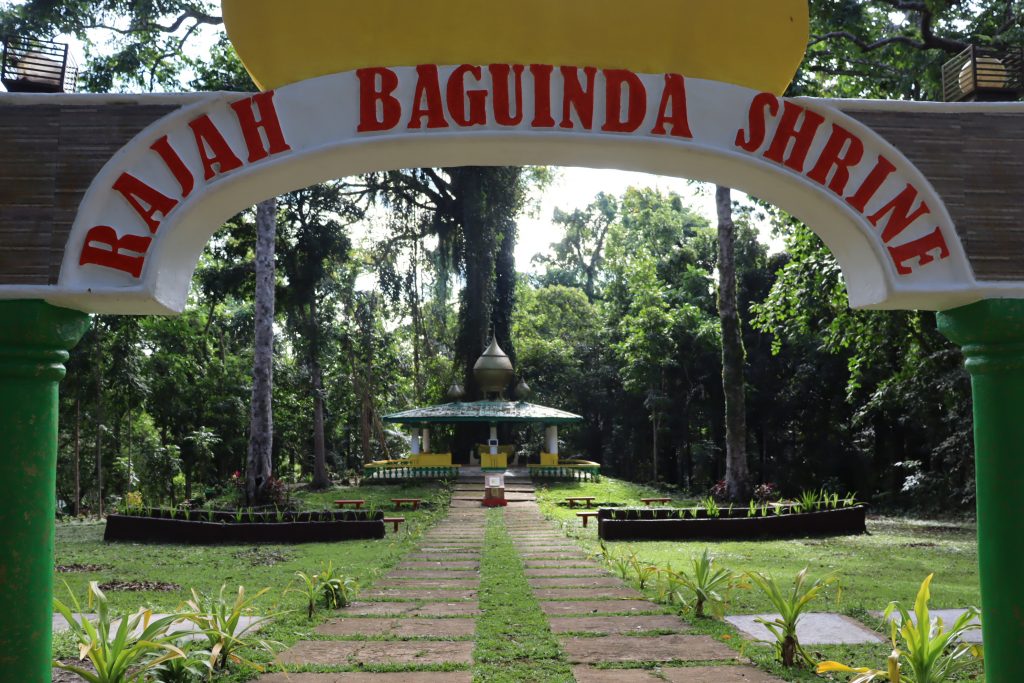August 18, 2023
BCPCH Regional Validating Team Conducted Site Validation Activity in the Municipality of Indanan, Province of Sulu
BCPCH Regional Validating Team headed by History and Archive Section Head, Senior History Researcher Esnaira S. Salem, along with the BCPCH-Sulu Provincial Staff led by Commissioner Ardan D. Sali, conducted a site validation activity in the Municipality of Indanan, Province of Sulu, last July 14-22, 2023.
The site validation activity served as the third phase of the site identification process, which aims to ensure the validity of the information previously submitted by the Municipal Tourism Officer and the Provincial Office of Sulu on the necessary information gathered, which will determine what steps may be taken proceeding the historical sites and landmarks recognition in the regional level.
Among the Historical Sites validated were:
TOMB OF SHARIF UL-HASHIM ABUBAKAR
Sharif ul-Hashim Abubakar began his reign on November 17, 1405. His regal name was Sharif Abubakar Abirin Al-Hashimi, an Arab-Muslim explorer and founder of the Sultanate of Sulu, and was the first Sultan of Sulu. In the year 1457 CE or 1450, was the beginning of his reign. He changed the form of polity of Sulu, from a principality to a Sultanate. He took a regal name embellished with five titles, and at the formation of the Sultanate of Sulu, he became known as Paduka Masahari Maulana al Sultan Sharif ul-Hashim, or “The Master (Paduka), his Majesty (Masahari), Protector (Maulana) and Al Sultan Sharif ul-Hashim.”
MUQBALU SHRINE
The Shrine of Muqbalu at Bud Datu, Indanan is the living historical fact to reinforce the eastern line theory of Islamization. The tombstone of Muqbalu was actually prepared and imported from China. The tombstone is a lotus design common to many tombstones of Muslim buried in China. Muqbalu’s tombstone bears the following words: Qala alayhi as-salam: Ma mata ghariban fakas mata shahidan. “He who dies far away, dies a martyr.” The blessed martyr (Tahar) Muqbalu passed away on the month of Rajab in the year 710 (Hijrah calendar). The tombstone speaks for itself the identity of Muqbalu as Muslim foreigner.
TOMB OF SULTAN KAMAL UD-DIN
Sultan Kamal ud-Din reigned from 1408 until 1505. He was the second Hashemite Sultan of Sulu. He was the eldest son of his predecessor, Sharif ul-Hashim. Kamal ud-Din became Sultan on the death of his father in 1480. During his reign, he appointed Qadi to administer justice and oversaw the conversion of people in Luzon and Visayas. He died in 1505 and was buried in a grave, marked by a stone slab, near Buansa. He was succeeded by his son, Amir ul-Umara.
MORO AGRICULTURAL SCHOOL
The Moro Agricultural School also known as The Indanan Farm School consists of three large modern buildings and a number of smaller buildings located in forty acres of fertile land. The largest of the buildings serves as the dormitory. It is the newest addition to the school having been completed in 1921. The next largest building is used for classrooms, and the third one is the residence of the superintendent. All buildings are furnished with modern conveniences. The school was founded by an American woman named Mrs. Caroline S. Spencer, also known as Lorillard Spencer.
WHITE HOUSE (BAY PUTI)
On June 1, 1903, the Moro Province was created and General Leonard Wood became the first Governor – Sulu being one of the five subdivisions of the province. The White House is located in Indanan. In the same year the cedula law (requiring each adult male annually to purchase a registration certificate at a charge of two pesos) caused bitter resentment, causing numbers of “juramentados.”
With the support of Indanan municipal staff, led by Mayor Hon. Hermot D. Jikiri, and the Municipal Tourism Officer Mrs. Sitti Palma J. Dasani, as well as officials and the locals, BCPCH-BARMM extends its appreciation on the success of the site validation activity.
The site identification activity is one of the flagship programs of the Bangsamoro Commission for the Preservation of Cultural Heritage aimed to preserve, protect, and promote local sites with national and Bangsamoro historical significance.






